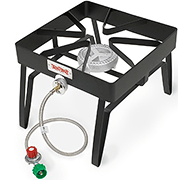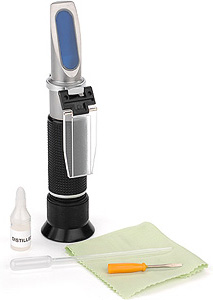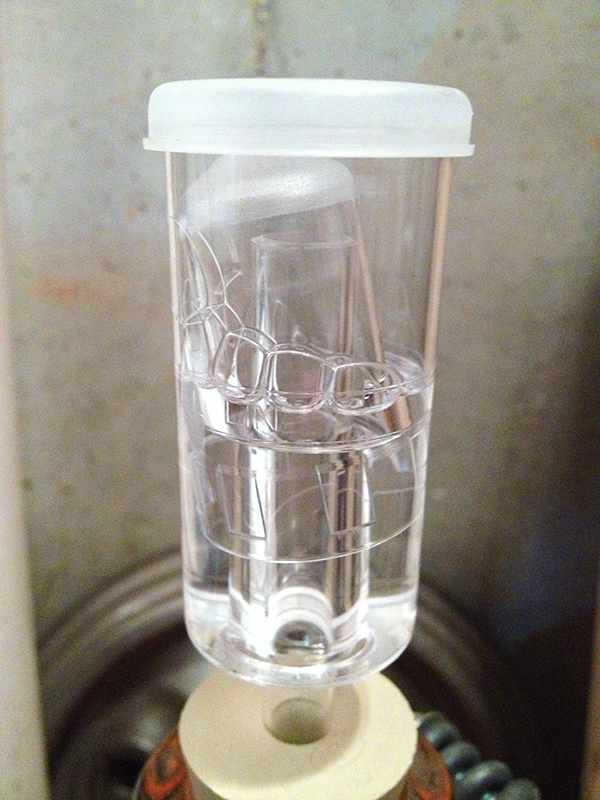 Can you give me any information on how barometric pressure would affect the fluid level in an air lock. Some days they show negative pressure and a day or two later they are making bubbles again. I can’t tell if fermentation is done or not.
Can you give me any information on how barometric pressure would affect the fluid level in an air lock. Some days they show negative pressure and a day or two later they are making bubbles again. I can’t tell if fermentation is done or not.
Thank you
Jerry
—–
Hello Jerry,
An air-lock is what seals the outside world from your wine during and after fermentation. It is a barrier that allows gases from the fermentation to escape while keeping little bugs and other intruders out.
You attach an air-lock to a fermenter with a rubber stopper. The stopper has been drilled with a hole into which the air-lock is inserted. These rubber stoppers can be purchased in many sizes, therefor you are able to use the air-lock on anything from a gallon glass carboy to a huge plastic fermenter.
The air-lock is filled half way with water. This is what actually creates the environmental barrier. As the fermentation creates gases inside the fermenter, the pressure rises and the gases escape by bubbling through the water in the air-lock.
Bubbles or air going backwards in an air-lock can be caused by a couple of things:
As you mentioned already, barometric pressure can play some role in this. If the barometric pressure increases you could notice a slight backwards movement or pressure on the water, but this would be nothing significant. It would not be enough to create more, than say, one bubble going backwards.
What is most likely causing the air-lock to bubble backwards is a temperature change of the wine. As a wine cools down it contracts or shrinks – much more so than the glass or plastic of the fermentation vessel.
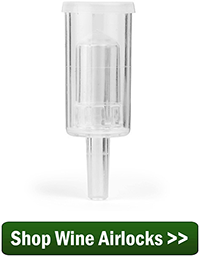 Contracting wine sitting in glass jugs or even a plastic fermenter would cause a vacuum to occur in the head-space. This would cause reverse bubbling action within the air-lock, or a sucking in of air. Then as the wine warms back up you would see bubbles going through the air-lock in the right directions. This would make the wine appear as if it were slightly fermenting again, regardless if it was or not.
Contracting wine sitting in glass jugs or even a plastic fermenter would cause a vacuum to occur in the head-space. This would cause reverse bubbling action within the air-lock, or a sucking in of air. Then as the wine warms back up you would see bubbles going through the air-lock in the right directions. This would make the wine appear as if it were slightly fermenting again, regardless if it was or not.
Your best defense against having an air-lock bubble backwards is to keep the fermentation temperature stable. This will give you a more healthy fermentation, as well. Yeast like to ferment at a steady 70° to 75°F.
Happy Wine Making



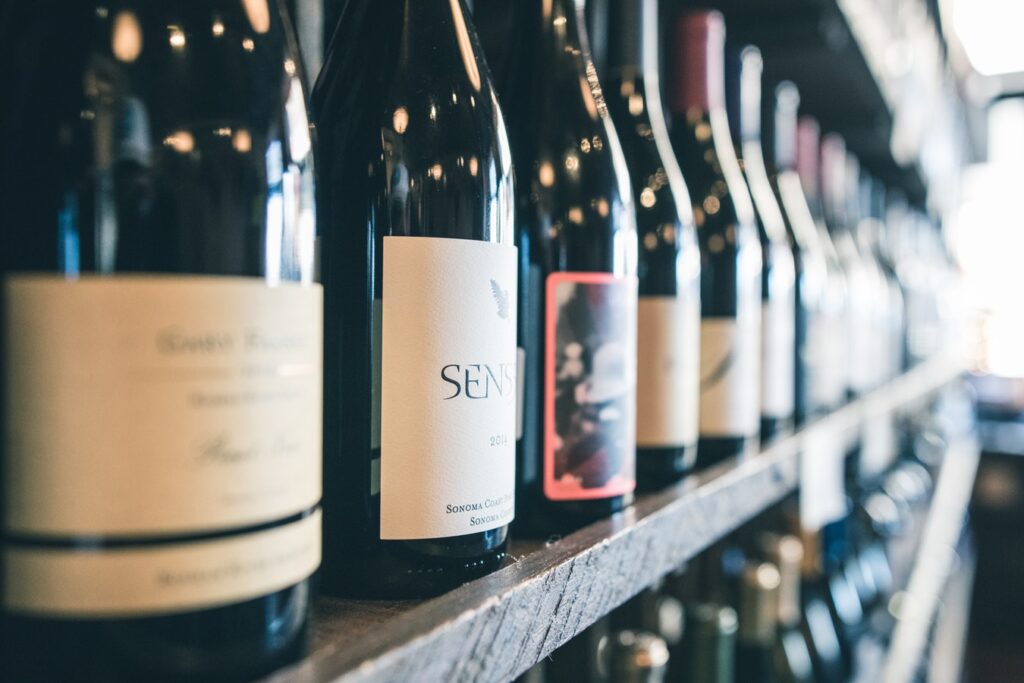
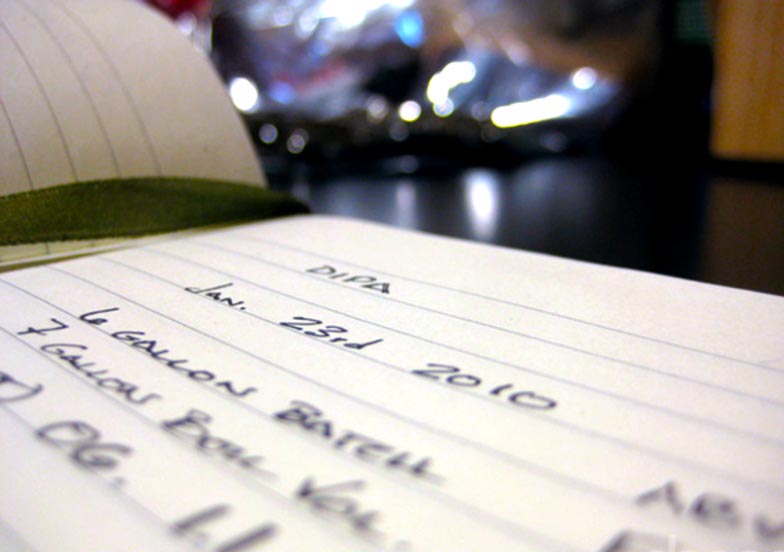
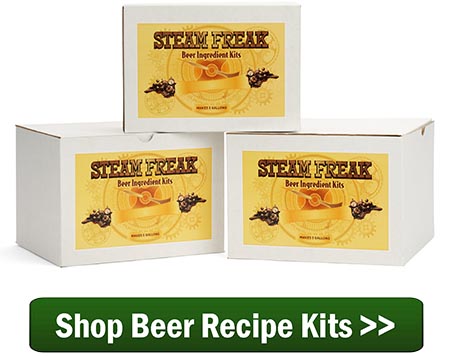
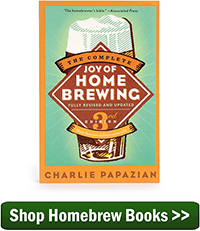
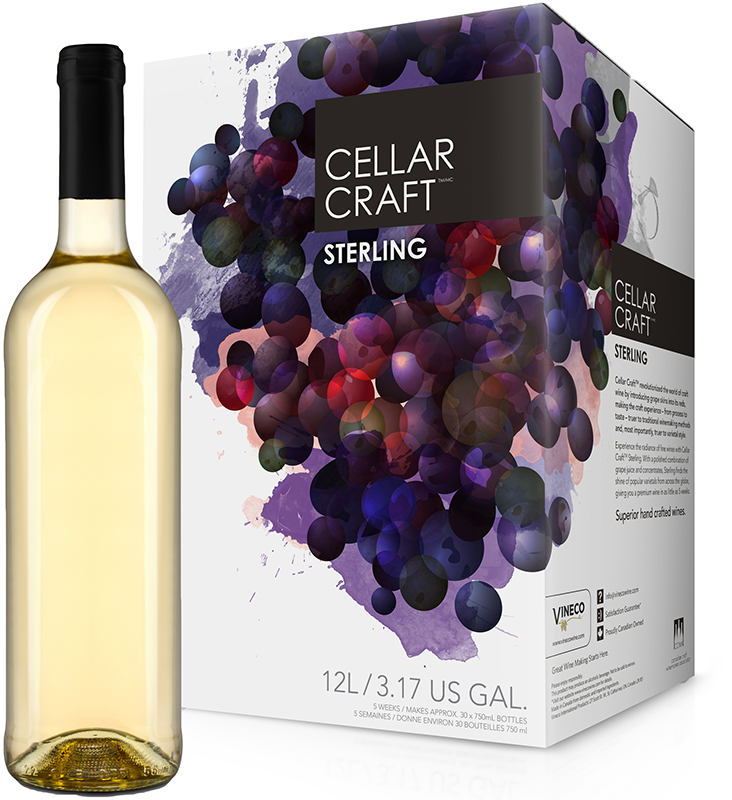 Hi everyone!
Hi everyone! My name is Leigh Erwin, and I am a brand-spankin’ new home winemaker! E. C. Kraus has asked me to share with you my journey from a first-time dabbler to an accomplished home winemaker. From time to time I’ll be checking in with this blog and reporting my experience with you: the good, bad — and the ugly.
My name is Leigh Erwin, and I am a brand-spankin’ new home winemaker! E. C. Kraus has asked me to share with you my journey from a first-time dabbler to an accomplished home winemaker. From time to time I’ll be checking in with this blog and reporting my experience with you: the good, bad — and the ugly.